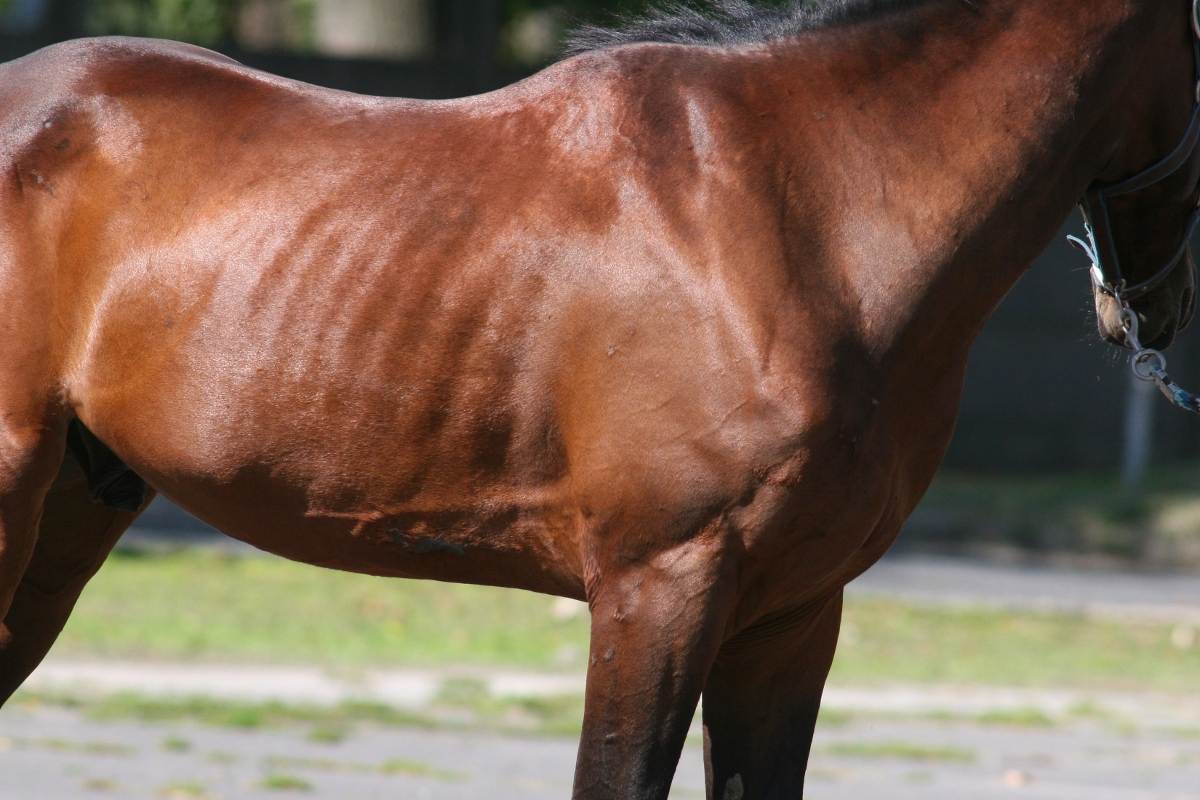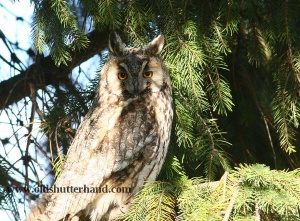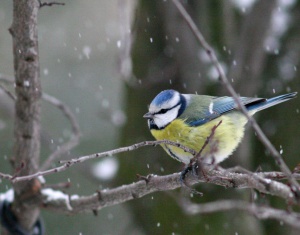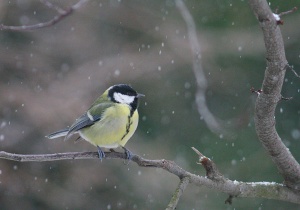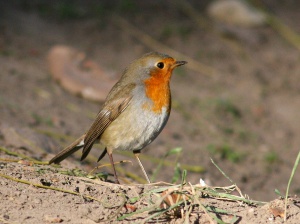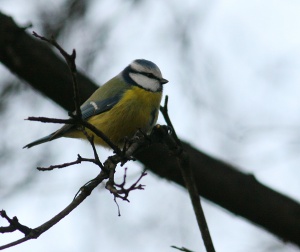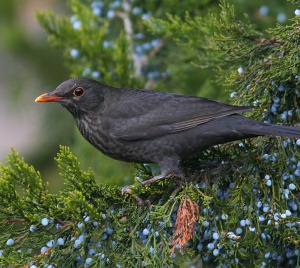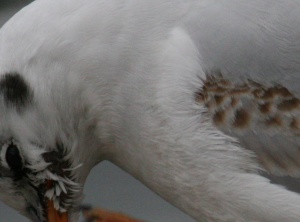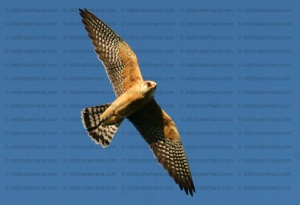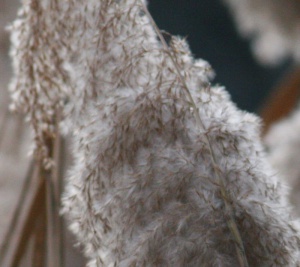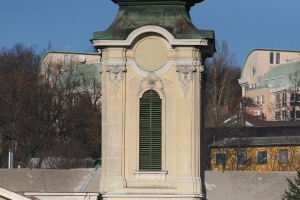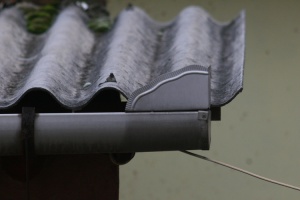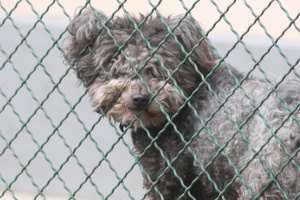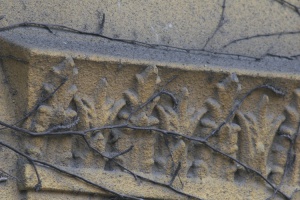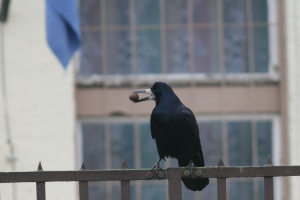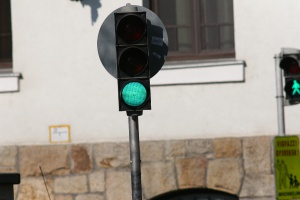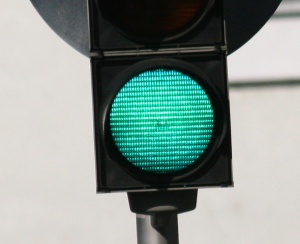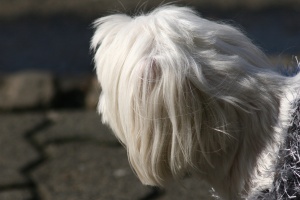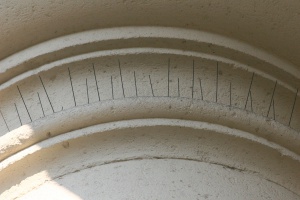Canon 200 2.8 L with a 2x converter
Canon 200 2.8 L with a 2x converter
Introduction
If I had a budget for a Canon 400mm f5.6 L I won’t even think about this combo, this is so much inferior. The biggest difference is that the 400mm is sharp wide open at f/5.6, while the 200mm+2x is only sharp at f/8, or starts to get sharp at f/7.1. This is a really serious drawback, because the lens usability is lot less with a dark f/8 aperture, and the background is also not so blurred. No matter how much you stop down the lens with the converter it won’t be as sharp as the 400mm prime as expected, even wide open.
| [do_widget Text] |
But many people don’t have a budget for the 400mm prime. In the point of usability for bird photography, or wildlife the 280mm is short. Just not long enough. The 400mm is much better. The ideal would be around 600mm or sometimes even longer. For flying birds the 400mm is very good as 600mm is too long, it is very hard to follow the bird with such a narrow perspective. If you already has the 200mm let’s what to expect with the 2x converter.
So first which converter ?
For this lens the Canon 2x Mk II or the Kenko pro 2x dgx converter is the best. The results with the Canon 2x Mk III is not as good as you can check on digitalpicture.com lens comparison tool. I used the lens as well with a cheap soligor 2x converter and the results were not bad, but the Canon 2x is clearly better. Other thing is the Soligor overexpose the images compare to the Canon, as I check the two converter side by side. I would NOT buy the non-pro Kenko as it is not sharp enough, just the Pro version. I think the Canon is better, but the difference is not huge. I bought the Canon because it is a little better optically, has better build and I get it cheaper used, than the Kenko. Today if I had a budget I would buy the Kenko instead for two reasons:
1. No protruding element as in the Canon – the Canon has a protruding element which does two things, first cannot attach to lenses which has not a hole at the back, and needed a different cap. As I sometimes frequently change converters, and has several caps, it is sometimes a pain to find the one which is bigger, which fit to the 2x converter, while the others are good for any lens I have. Why to change converters why not use the 2x all the time ? The results with the 1.4x it is so good it is hard to resist, on top of that it is sharp even wide open, you can have a fully usable 280mm f/4 lens. The f/4 aperture is very useful in many situations, and the lens is perhaps sharper wide open at 280mm that at f/8 at 400mm. At 280mm f/5.6 it is incredibly sharp.
2. Better autofocus, the Canons autofocus is very slow, compare to the 1.4 versions. According to me it is not by chance but perhaps designed that way. I checked several converters, and some of them not work properly with my lens. But if the target is clear, for example bird against sky, no problem if not needed to be very fast.
Advantages:
The combo is much cheaper than the 400 f5.6, can make decent pictures especially at bigger animals, or birds, in close distances better results, sharpest at f9, attached with an additional 1.4 is a fun 560mm combo, solid build quality
Disadvantages:
Autofocus is seriously affected, picture quality also: softer and not so sharp below f8, at f8 f9 gets sharper but not up to the 280mm results. If you are after quality not focal length, the 1.4x is much better, even wide open at f4.
400mm f/8 Canon 30DThis question I search a lot in the internet, but hasn’t find so many useful information, so I thought I put some info for whom interested. My main interest in photography is wildlife and bird photography. For this a long lens is needed. In the beginning I used a cheap tele, after I decide to get the not so costly 200/2.8L which I used with a teleconverter. I had a cheap Soligor 2x which I has from previous times, after a new Kenko 1.4 dgx. Technically the results with the 1.4 extender was superior, but the longer reach seems to me more inportant than better quality, 280mm wasn’t enough for me in most of the situations. And I started to use the 2 converters together with sometimes surprisingly good results. I better liked the results with a 2 converter together, than a single 2x only, because of the bigger reach. After I got the 1.4, I don’t like the pictures with the Soligor 2x, the main problem was not sharpness, but not so nice colours, and lack of contrast. I realised the ‘weak’ point is the Soligor 2x in my system. I tried several canon 2x Mk II converters, but the autofocus operation was much worse than with the Soligor. Seems the Canon better optically though. I finally find a good autofocusing Canon 2x MK II. Canon has 3 different 2x converters: MK I, MkII, Mk III. I don’t recommend the Mark III for this lens, because of the price and this converter works better with new canon lenses. For the price of the 200/2.8 and a 2x MKIII, better to buy the canon 400/5.6 L. And according to digitalpicture comparison tool the new MK III works worse with the 200/2.8 L than the older ones. Between Mk I and Mk II the difference seem not so big if any in practical terms, perhaps the Mk II little better.
| [do_widget Text] |
Here is an example with the canon MK II (Canon30D, Iso 1600, f6.3 ):

canon200_2.8_with_canon 2x MK II
In close distances the quality is superb according to me. No post processing on the picture, expect little cropping and minimal curve adjustment, Iso 1600 bad winter lighting situation. Before I had an idea to try 2 1.4 converter instead of a 2x ( A kenko 1.4 dgx with a canon 1.4 MK II, the combination cannot work with 2 canon 1.4 because of the protruding element). The combo works surprisingly well. The difference between the 2 different combination is very little if any. I choose the 2x over the 2 1.4 because of the following reasons: main lens with a canon 2x is rock solid, and there is a possibility to use the 2x with a kenko 1.4 resulting 560mm, which also works surprisingly well. In case of 1.4 converters, need 3 No 1.4 converters to reach the same with significant cost, and wobbling between lenses and converters, because the Kenko’s doesn’t fit so accurately. For 400mm the 2 1.4 works surprisingly well, little brighter and perhaps little better contrast at f5.6. Between the two 1.4 there is a little significant difference if any. The Kenko pro 300 1.4 converter is very good also. I check the new Kenko 2x, not the Pro, the Canon is superior. I haven’t checked the new Kenko Pro 300 2x, I thought the canon is better. How is this combination compared to canon 400 f5.6 L ? I think the 400 L is better, especially wide open, bokeh and contrast is the bigger differences, but the difference is not big. If I want to simplify the differences I would say f5,6 vs f8 and autofocus quality and speed, in reality the 2x is a temporary, budget solution. The 200with the 2x extender is quite good at f8, compare to the output with the 1.4 is disappointing though. but f5,6 vs f8 is a significant difference. The autofocus speed and quality difference perhaps the same. The 400 L is big especially with the hood extended, white (beige), obtrusive, the 200+2x smaller, lighter, black partly, not so obtrusive, and the second combination is much more flexible: we have 200/2.8, 280 f4, which combination doesn’t exist with the 400. Which is better for wildlife photography ? The 400. I don’t think that for example in a photography competition the judges like to see 2xTC in exif data. The autofocus operation is much better for the 400, than a 200 with a 2x converter. Not all copies of this lenses and converters are equal, the differences and relations perhaps not the same for different copies. Better check before buy and not like the results.

100% crop of above picture

100% crop of above picture

Additional sample only resized to 900 pixel, so from focal lenght can calculate shooting distance and detail
For the gallery must scroll down after clicking.
